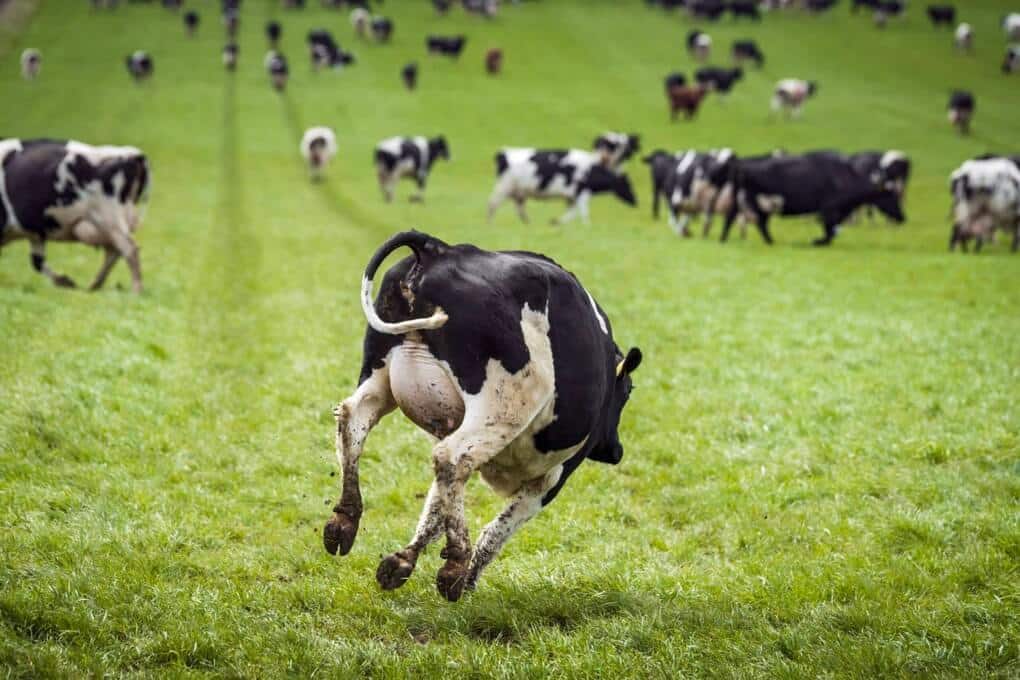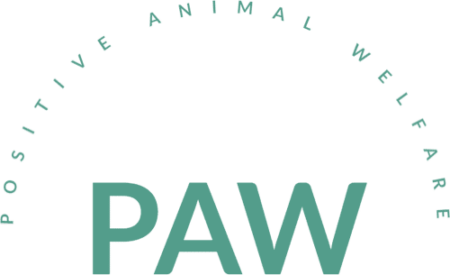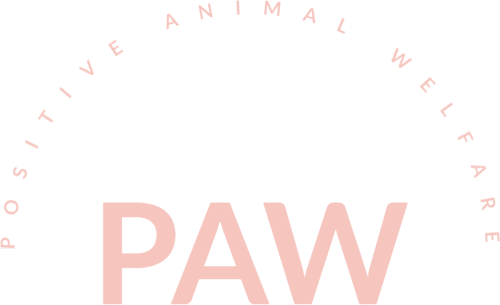Questions & Answers
On this page we attempt to illustrate overlaps and distinctions between the PAW concepts (see also Lawrence et al. 20191).

Both these ideas are prevalent in the PAW literature. The question of whether we need both is complex. For some human psychologists it appears as if emotions provide the motivation to behave (e.g. ‘joy sparks the urge to play’2). In animal behaviour it is more often assumed that animals have evolved a close relationship between rewarding motivations, such as foraging and emotion to better adapt and fulfil their evolutionary goals (e.g. see Mendl and Paul, 20203). In the future the distinctions between emotion and motivation in PAW may be revealed through using approaches to measure each separately (e.g. see the approach of Kent Berridge and colleagues, 20094). However, in most situations the close relationship between motivation and emotion will mean that they can be regarded as a single entity.
Choice has been a major theme in animal welfare science because the choice to express motivation/ emotion is often seen as a key element of good welfare, and animals’ choices are also used to assess animals’ environmental preferences. Choice has also featured in the PAW literature as the benefit of giving animals good life opportunities seems dependent on individual animals having choice to use those opportunities5. One of the interesting aspects of the application of choice in the PAW literature is that it embraces animals having choices to both meet their basic needs (e.g., foraging when hungry) and to enjoy opportunities (e.g., play behaviour) (see Fraser & Duncan 19986 and Vigors et al. 20217). Research on the functional role of emotions in decision-making in animals may yield new insights into the importance of choice in PAW3.
It is becoming more accepted to apply happiness as a concept to animals, which some may argue risks being anthropomorphic. However, if we accept that happiness is based on animals experiencing positive emotions8, then we can argue that happiness has a biological basis (given we assume that positive emotions are an evolutionary adaptation). The suggestion that a meaningful life for animals can translate to them realising their motivations9 is also useful. We could then see animal happiness being (at least partly) about them ‘feeling’ and ‘doing’ with strong overlaps between these; that is animals will experience good feelings when they are able to express and complete their motivations1. It may also be the case that we need to consider happiness in animals as a trait with individuals varying consistently over time in their capacity to experience a positive emotional balance.
One answer to this question is that happiness and QoL are distinct because they have developed separately in the literature. However, there is also no denying the considerable overlap between them10. Both animal happiness and QoL are in part about the animals’ welfare over time, and hence they both must deal with how the animal accumulates its welfare in the longer-term. This is a complex question both biologically and ethically to which there are currently no clear answers. There is interest in biomarkers of cumulative stress; the majority of evidence in support of these currently comes from humans and model species and research is needed to extend and validate their use in other animals.

References:
1. Lawrence, A. B., Vigors, B., & Sandøe, P. (2019). What Is so Positive about Positive Animal Welfare?—A Critical Review of the Literature. Animals, 9(10), 783. https://doi.org/10.3390/ani9100783
2. Fredrickson, B. (2004). The broaden–and–build theory of positive emotions. Philosophical Transactions of the Royal Society of London B: Biological Sciences, 359(1449), 1367–1377. https://doi.org/10.1098/rstb.2004.1512
3. Mendl, M., & Paul, E. S. (2020). Animal affect and decision-making. Neuroscience & Biobehavioral Reviews, 112, 144–163. https://doi.org/10.1016/j.neubiorev.2020.01.025
4. Berridge, K. C., Robinson, T. E., & Aldridge, J. (2009). Dissecting components of reward: “liking”, “wanting”, and learning. Current Opinion in Pharmacology, 9(1), 65–73. https://doi.org/10.1016/j.coph.2008.12.014
5. Edgar, J. L., Mullan, S. M., Pritchard, J. C., McFarlane, U. J., & Main, D. C. (2013). Towards a ‘Good Life’ for Farm Animals: Development of a Resource Tier Framework to Achieve Positive Welfare for Laying Hens. Animals, 3(3), 584–605. https://doi.org/10.3390/ani3030584
6. Fraser, D., & Duncan, I. (1998). “Pleasures”, “Pains” and Animal Welfare: Toward a Natural History of Affect. Animal Welfare, 7, 383–396. https://doi.org/10.1017/S0962728600020935
7. Vigors, B., Sandøe, P., & Lawrence, A. B. (2021). Positive Welfare in Science and Society: Differences, Similarities and Synergies. Frontiers in Animal Science, 2, 738193. https://doi.org/10.3389/fanim.2021.738193
8. Webb, L. E., Veenhoven, R., Harfeld, J., & Jensen, M. (2018). What is animal happiness? Annals of the New York Academy of Sciences. https://doi.org/10.1111/nyas.13983
9. Yeates, J. W., & Main, D. C. J. (2008). Assessment of positive welfare: A review. The Veterinary Journal, 175(3), 293–300. https://doi.org/10.1016/j.tvjl.2007.05.009
10. Skevington, S. M., & Böhnke, J. R. (2018). How is subjective well-being related to quality of life? Do we need two concepts and both measures? Social Science & Medicine, 206(Int. J. Meth. Psychiatr. Res. 20 1 2011), 22–30. https://doi.org/10.1016/j.socscimed.2018.04.005

